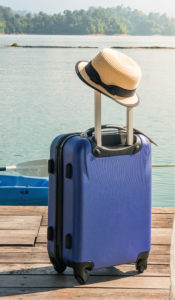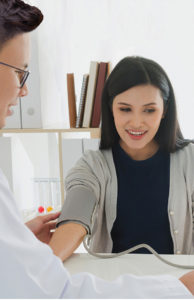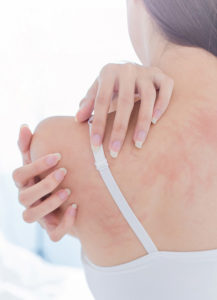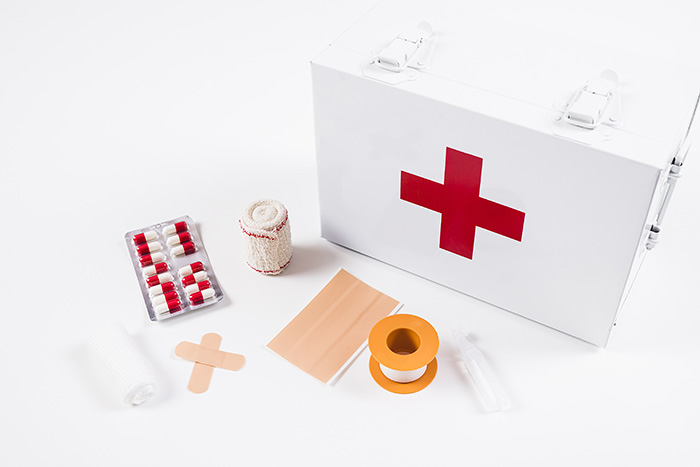You hear a loud sound and rush to the living room. Your elderly father is unconscious and not breathing. Panic takes hold of you. A few first aid manoeuvres could save his life, but unfortunately, most people are not trained to handle such an emergency.
Unintentional injury is the fifth leading cause of death and the top cause of hospitalisation in Singapore. Young children and elderly tend to spend more time at home. Among the elderly, falls account for a large proportion of visits to the emergency department. Among children less than 15 years old, 45% of injuries happen at home, with 77% being falls.
Common injuries at home:
- Falls (Learn more about fall prevention at homes)
- Cuts
- Burns and scalds
- Blunt and crush injuries
- Choking
What are the simple steps to render basic first aid?
Handling a case of an unconscious person at home:
- Check the surroundings to ensure it is safe to approach (especially look out for sharp objects or electrical devices)
- Try to wake the person and ask if he/she is alright
- If the person is unresponsive, shout “help” and call for an ambulance (995: if staying in an apartment, it is better to go to the car park to wait for emergency personnel and guide them to your home)
- Check breathing, and other vital signs (temperature, pulse)
- Open mouth and check for obstruction (food, toys) and remove them
- Commence cardiopulmonary resuscitation (CPR) if the person is not breathing (sets of 30 compressions followed by 2 breaths into the mouth)
- Place in recovery position when person starts breathing
Handling falls with suspected broken bones:
- Stop any bleeding by applying pressure on the wound using sterile bandages or clean cloth (but do not press on protruding bones)
- Avoid moving injured area. Immobilise injured area by wrapping the injured limb with a splint using bandages (can substitute splints with rolled up newspaper and bandages with cloth)
- If person feels faint, let the person lie down and raise the legs
Handling burns:
- Act fast. Put affected area under cool (not cold) water for 5 minutes or use burn plasters if water is not available. Do not use ice on burns.
- Do not pop the blisters. Cover the burn area with bandage or clean cloth.
- See a doctor immediately if the burn is larger than 1 cm anywhere on the body or if it is on the face, hands or genitals.
It is important to have a well-stocked first aid kit at home to deal with minor accidents and injuries. The first aid kit should be kept in a cool, dry place, out of reach of children.
What should I keep in a home-based first aid box?
A basic first aid kit should contain:
- Adhesive tape – to hold dressings in place
- Plasters / bandages in various sizes – to dress and protect cuts and wounds
- Alcohol swabs – for cleaning purposes
- Antiseptic / burn cream – to prevent infection of burn wounds, cuts and scrapes
- Cotton balls / cotton buds – to apply medication and clean wounds
- Scissor and tweezers – for cutting gauze and removing foreign objects from the skin
- Sterile eye dressings (eye pads) / Eye shield – to protect the eye in case of injury
- Triangular / Crepe rolled bandages with Safety pins – for bandaging wounds
- Disposable sterile gloves, hand sanitiser – to prevent wound contamination
- Sterile saline solution – for cleaning wounds and as an eye bath
Other things that might be useful to have in the house would include:
- Thermometer – for taking temperature
- Skin rash remedies – hydrocortisone cream or calamine lotion
- Insect repellent sprays / patches
- Painkillers – paracetamol, aspirin (not to be given to children under 16), or ibuprofen
- Cough medication
- Antihistamine tablets – for allergies
Medications should be checked regularly to make sure that they are within their expiry dates. However, do make sure that the person is not allergic to any of the medications or has any medical conditions that is contraindicated to taking the medications.
Want to find out more?
Unity pharmacy carries a range of first aid supplies for your different needs. You can visit your nearest Unity Pharmacy and approach our pharmacists or staff on duty for more information.
Reference
- Singapore Red Cross Society standard first aid training notes
- Pek, J. (2017). Guidelines for Bystander First Aid 2016. Singapore Medical Journal, 58(7), 411–417. doi: 10.11622/smedj.2017062
- Yeo et al. A review of elderly injuries seen in a Singapore emergency department. Singapore Med J 2009; 50(3):278
- Thein et al. Childhood injuries in Singapore: a community nationwide study. Singapore Med J 2005; 46(3): 116-121
- First aid. (n.d.). Retrieved from https://www.mayoclinic.org/first-aid










